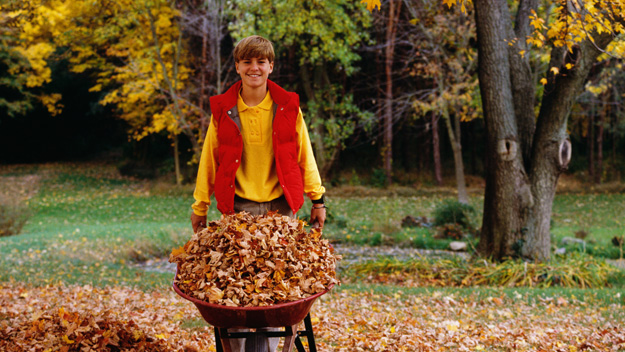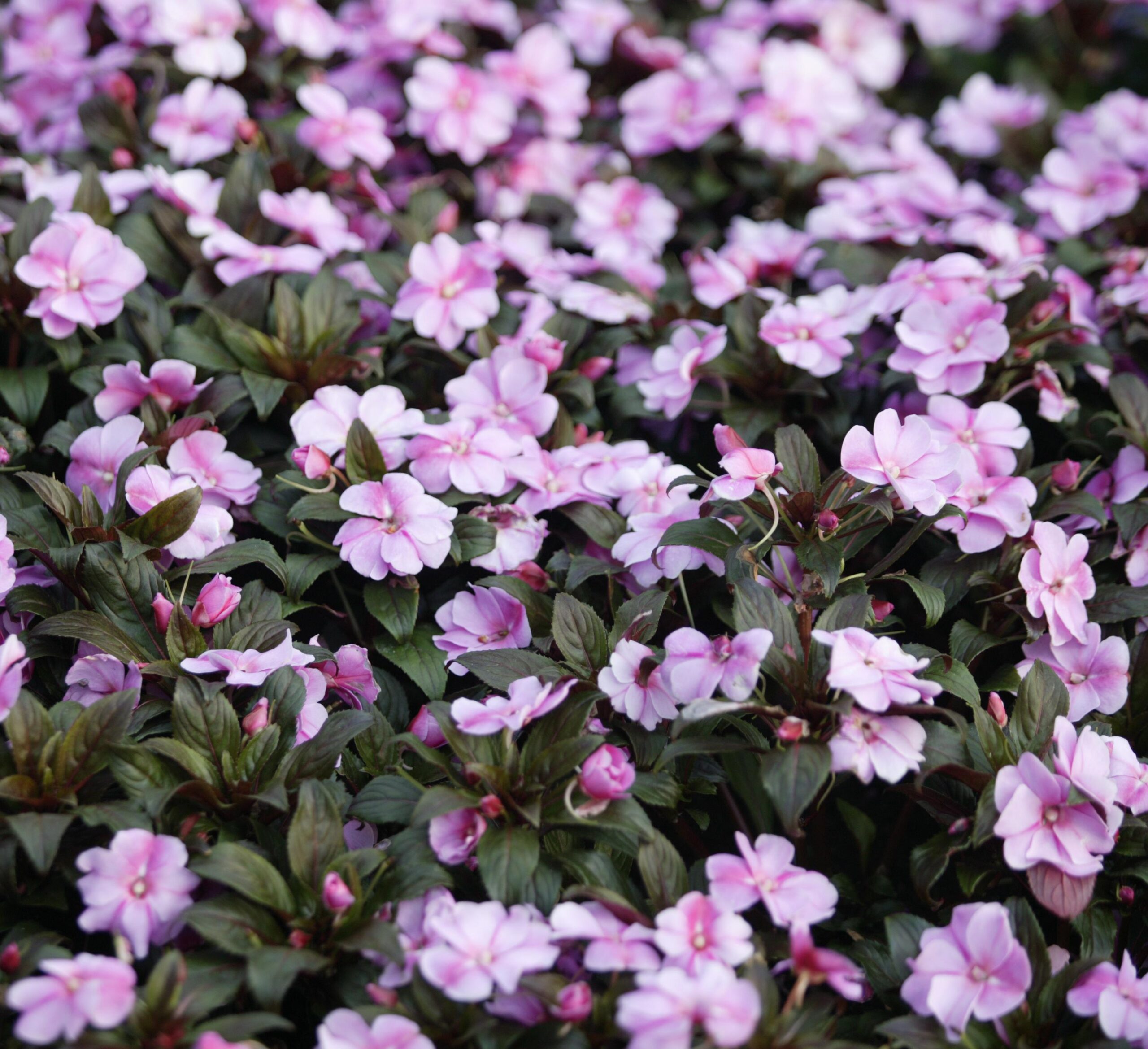Camellias are perhaps our best loved winter bloomer, cheering up many a grey winter day. But often gardeners wonder why next door’s camellia is covered with blooms, while their’s rarely has a flower, or looks brown leafed and dingy. The answer? Many gardeners don’t know what sort of camellia they’re growing.
But a camellia is a camellia….. isn’t it?
Well, not quite.
Before you plant a camellia you need to know what kind of camellia you have. Some like sunlight, some need shade — specially in warmer climates. You can pretty much rely on the label to tell you what your particular camellia needs — but its amazing how many people don’t read the label before they buy or plant!
Which camellia is which?
Camellia reticulata
Camellia reticulata isn’t as commonly grown as other camellias, and it hasn’t been in Australia as long as the others either — you won’t find it in very old gardens here. But it may well be the one you fall in love with in the garden centre. Reticulatas have the biggest most spectacular blooms of all the camellias, sometimes as big as dinner plates. (They may also be the most expensive, too.)
Reticulatas are VERY strong growers, and grow fast too. Some will even grow to 8 metres or more — and this means they’ll need pruning if you’re expecting a nice neat, well behaved camellia.
Camellia reticulata doesn’t like extreme cold or extreme heat. You can grow them in all the capital cities except Darwin, but only in sheltered spots, away from strong winds and heavy frosts. Try a sunny courtyard in coder areas. They also prefer full sun, but in hotter climates they’ll tolerate a bit of dappled shade.
Camellia japonica
Camellia japonica probably have a greater range of flower colours and shapes than any other camellias in Australia. They are often the best looking bushes, too, naturally neatly shaped with dark shiny leaves.
One of the chief glories of camellia japonica, though, is that they bloom in shade. In fact most need shade or they get ‘sunburnt’ — the leaves turn yellowish or have brown ‘burns’. Most prefer dappled shade, especially under deciduous trees, but others will bloom in quite deep shade. But all definitely need some shelter from the hottest part of the day, so check that the shade doesn’t move and leave them open to afternoon sun. They can be surprisingly drought tolerant once well established, especially if you mulch them well.
Camellia japonica make great hedges too, either neatly trimmed or espaliered against a wall. Camellia japonica flowers are also good indoors. Some varieties will drop off the twig after a few hours, and need to be floated in bowls. But others — especially some of the older varieties — will stay in place on their branches for a fortnight. Most bloom winter- spring, but you can find the odd early blooming variety around too if you hunt for them.
Sasanqua camellias
These are the tolerant camellias. Most will take at least light shade, especially in hotter areas, but they also tolerate full sun too. They’re faster growing than camellia japonicas, and bloom mostly in autumn and early winter. Surprisingly, though, they’re not quite as drought hardy as Japonica camellias.
Different cultivars will have different bush forms, too — there are tall ones, lanky ones, thick bushy ones and dwarf ones. Again, check that label! They also make good hedges; though will need a bit of trimming twice a year at least to stay neat.
Read the label to make sure they are in the right place!
Only plant in well-drained soil — they don’t like wet feet.
Avoid planting next to concrete walls or with plants that need lime — camellias need slightly acid soils.
Keep soil moist until established i.e. for the first year or two. After that they’ll be reasonably drought hardy, especially japonicas.
Mulch well.
Prune after flowering, either to keep the bush neat or cut out gangly bits.
Don’t prune after Christmas if you can help it, or you may prune off a lot of next winter’s flowers.
Problems: healthy camellias get few pests or diseases. Some blooms will turn brown if they get wet — there’s not much you can do bout this except hold an umbrella over them. Other bushes may not bloom well if they don’t get enough sun.


